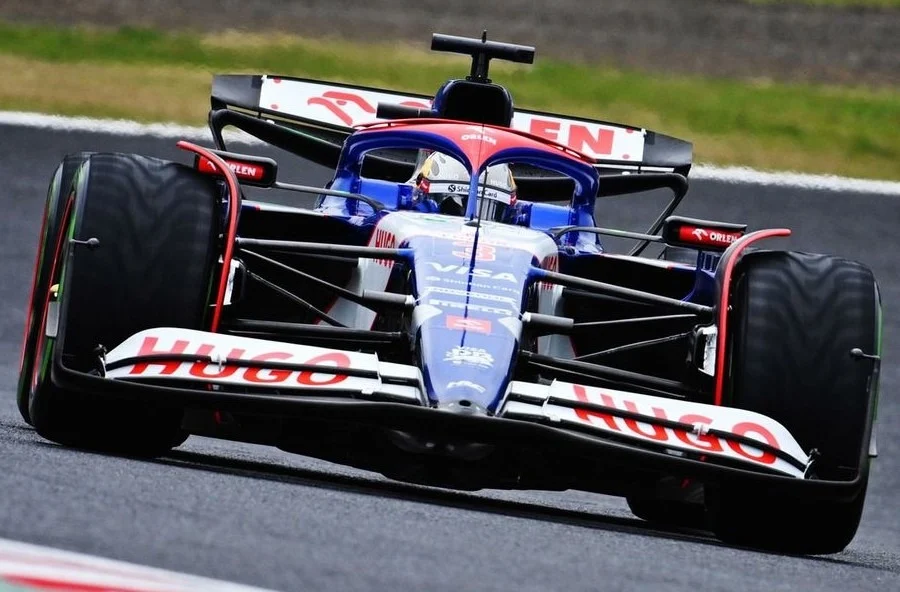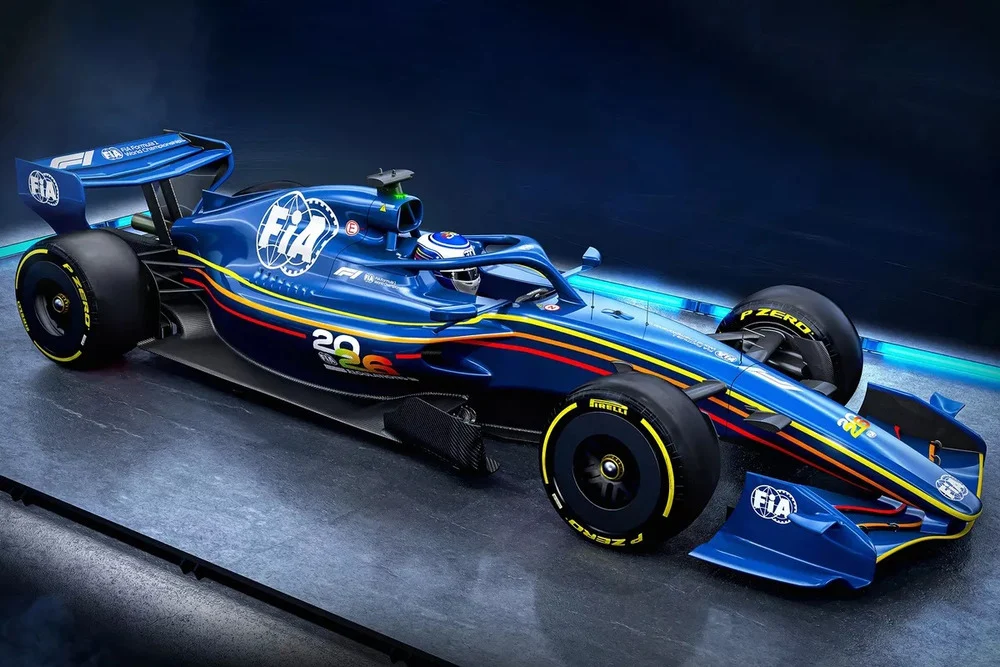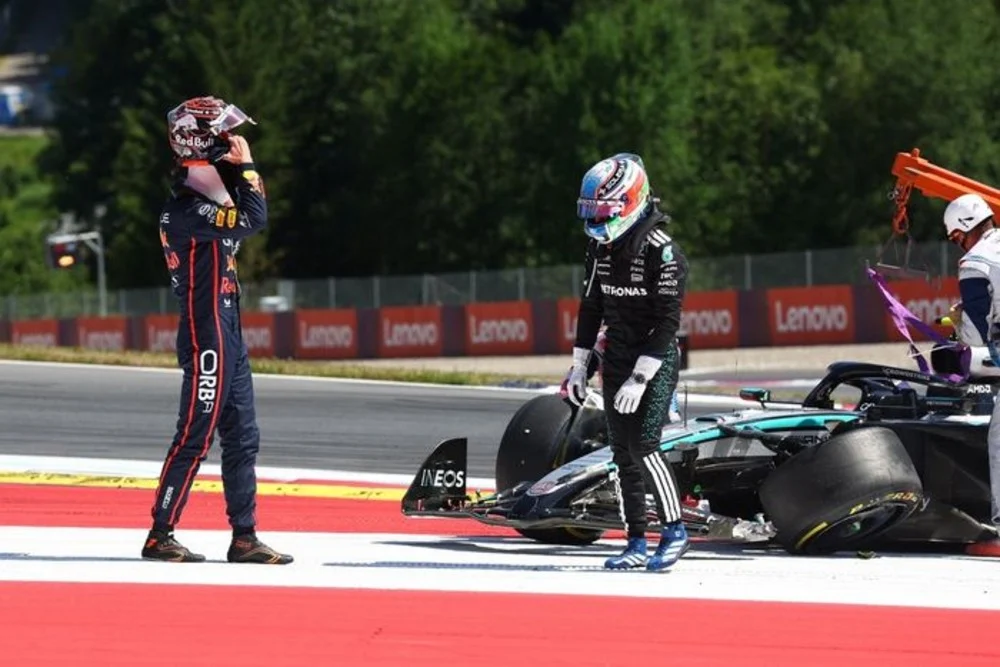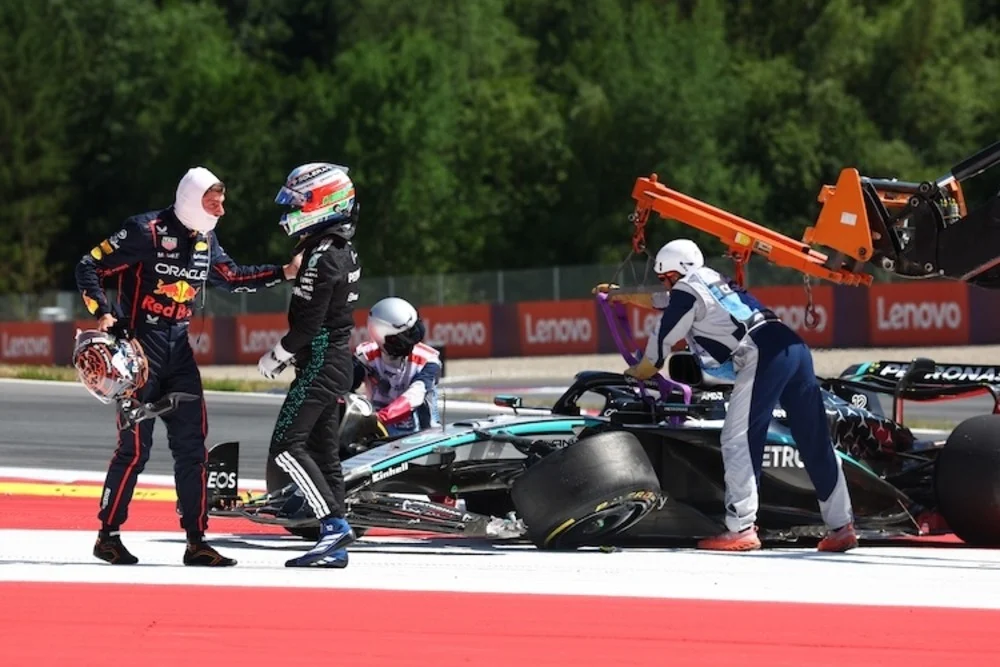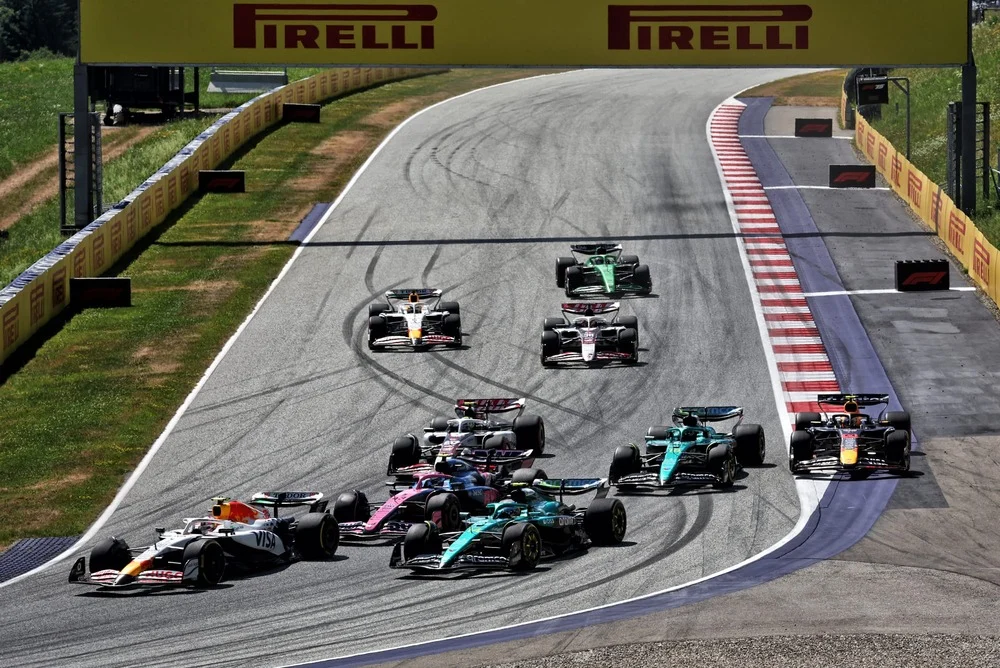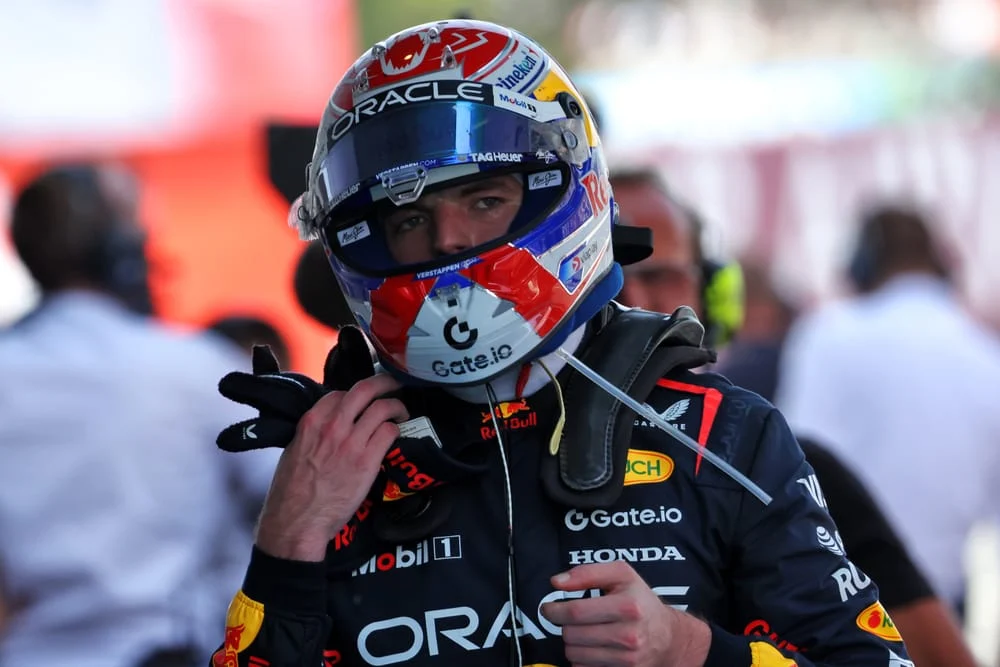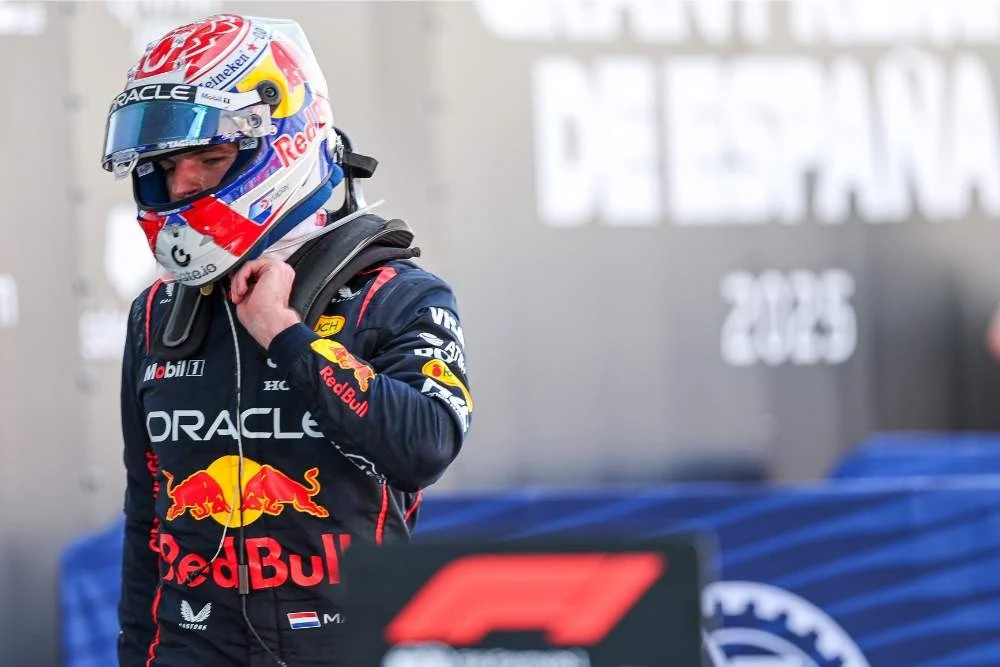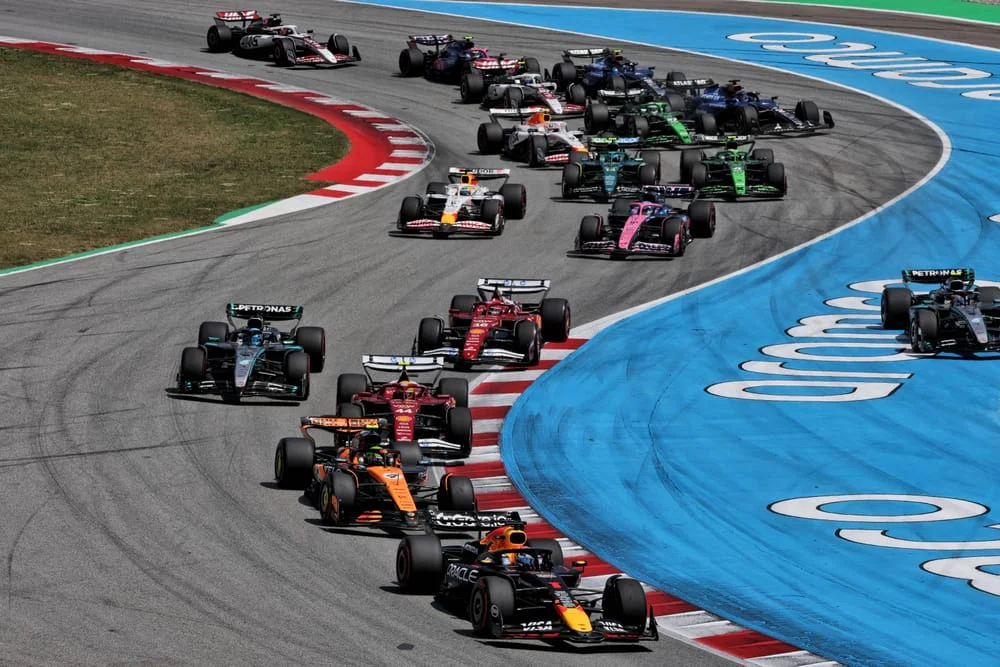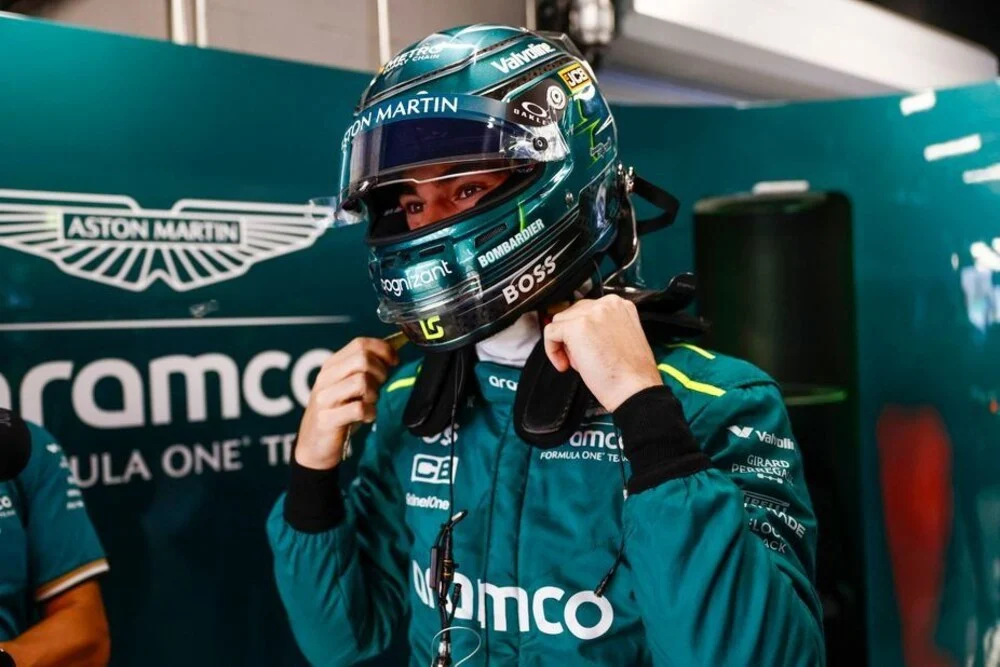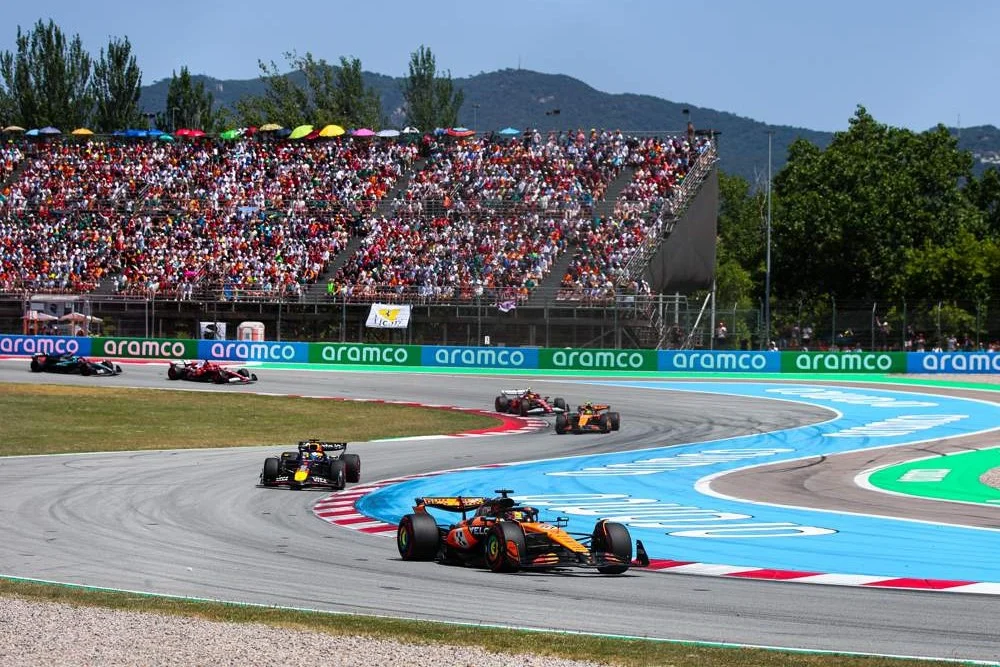Pirelli plans to hold talks with the FIA and Formula 1 teams regarding the wet tyre rule that resulted in limited running during second practice at the Japanese Grand Prix.
Pirelli is set to hold discussions with the FIA and F1 teams about changing the new wet tyre rules after a wet Japanese Grand Prix second practice uncovered a fault in the revised regulations.
Following the introduction of a new system of allocating wet-weather tyres for 2024, teams were hesitant to use any intermediates in Suzuka’s wet FP2 session for the reason that they intended to save them for later in the weekend.
Drivers spent the better part of the session parked in their pit garages, with just a few minutes of running taking place very late in the session when the track surface was dry enough for slicks.
Fans were dissatisfied with the lack of track action as Lewis Hamilton voiced concern that the brief session did not provide enough running for the teams. He also hinted that a change in the rules may have played a significant role in the limited laps completed.
“It is shame we didn’t get that session,” the seven-time world champion said after FP2. “They have changed the tyre rule, so therefore no one goes out and runs on the intermediate, which just doesn’t make sense, really. But there you go.”
Hamilton was referring to a rule that was updated this season that calls for an increase in the number of wet weather tyres available for each race.
This season Pirelli will be supplying an additional set of Intermediate and Wet compounds for each driver over the course of a weekend, resulting in a total of five Inters and three Wets allocated.
However, the provision that granted the teams an extra set of wet tyres at events where there was no sprint race scheduled if either of the two Friday practice sessions were declared wet was dropped to ensure that costs won’t rise at a time when the sport is working towards cutting costs.
This also means that drivers will not receive a second set of Inters as compensation for leaving the pits during one of the first two practice sessions that has been declared to be wet.
A number of the teams ignored the guidelines to avoid putting themselves at a disadvantage and had no reason to run as they preferred to save rubber just in case the rain returns over the weekend.
Burning through intermediates may expose teams to having a less favorable tyre allocation compared to rivals who saved their sets in the event of wet qualifying, the race, or both. This is why so few drivers used intermediates in Suzuka.
According to chief engineer at Pirelli Simone Berra, the manufacturer had no control over the rule change, but it was evident how it had played a role in the events that took place in Japan on Friday.
“This [rule change] was obviously voted by all the teams together with FIA and F1,” said Berra. “Obviously nowadays a team doesn’t have to return one set of intermediates after it is used in free practice, like it was last year.
“So especially at this circuit, where you have, let’s say, a high level of degradation, and considering that we could have some rain on Sunday, most of them decided to keep the five sets unused apart from RB and other teams that did an out- and in-lap.
“It is something that we will discuss further with the FIA and with the teams, to try to find a way to make them run in practice. It is not our decision in the end, but in the next weeks it will be a topic for discussion.”
Berra believes that a slight rule change could be effective in motivating teams to run in wet practice sessions: requiring each team to return one set of intermediates following a session that was deemed wet.
“They can keep the five sets from the start but, if a session is declared wet, then you have to return one set of intermediates,” he explained. “It then makes no sense not to use it and [instead] return a new set. So that will be a way to encourage them to run.”

